 |
| Left to right: Naoya Kaneda, Go Tokura, Yoshiyuki Mizoguchi and Manabu Kato |
We were in Japan earlier this month for the annual CP+ show in Yokohama, where we sat down with senior executives from several camera and lens manufacturers, including Canon.
- Go Tokura – Chief Executive, Image Communication Business Operations
- Naoya Kaneda – Group Executive, Image Communication Business Operations [lenses]
- Yoshiyuki Mizoguchi – Group Executive, Image Communication Business Operations [camera]
- Manabu Kato– Deputy Senior General Manager, Utsunomiya Optical Products Plant
This interview was conducted with multiple people via an interpreter. As such, it has been edited for clarity and flow, and responses have been combined.
Looking at the EOS R system, can you explain why we’re seeing very high-end lenses but consumer-level camera bodies to start with?
With the EOS R system the target was all about taking the optical capabilities to the next level and achieving the highest image quality, so from that end we wanted to really optimize what the lenses can do: that’s why we’ve started with so many L-series lenses.
With the bodies, we were introducing a new system and expanding what we offer. We’re looking to capture as many customers as we can, that’s why we approached this segment of enthusiasts. And we wanted to make it affordable as well, because we wanted to capture as large an audience as possible.
And because you can adapt our EF lenses, the breadth of options is appropriate for that segment, too.
Should EOS RP customers expect more affordable lenses in future?
Yes, you can expect that.
How do you strike the balance between developing RF and EF in terms of resources?
Because this is a different system, you might expect us to have different teams working on the EF and RF lenses, but that’s not the case. We actually have the same optical engineers, the same mechanical/manufacturing engineers working on both EF and RF. In other words; everyone involved is a dedicated expert, skilled in terms of developing interchangeable lenses.
For the immediate future we will be focused on RF lens development
Because we’ve launched RF just recently and we believe there are a lot of gaps to fill in that system, for the immediate future we will be focused on RF lens development.
What’s the logic behind making a system that isn’t compatible with your existing EF-M mirrorless system?
When we started to design the RF lenses we didn’t want to compromise on what we can do. We wanted to develop RF to its full potential, so we wanted the latest specifications, state-of-the art technology and design. In the process of developing a no-compromise system, it became apparent that this wouldn’t be compatible with EF-M.
The cameras that use the EF-M lenses tend to be the smaller sizes which may be [oriented towards] a different customer, so we’re looking at what those customers want and we’ll develop according to that response.
You haven’t considered an APS-C RF camera, then?
I can’t tell you what the future plans are going to be, but it is the customer who directs us into our development, so if the customer requests that, it’s something we’ll try to respond to as best we can.
Is there a trade-off to be made between offering the best image quality and being able to offer fast, quiet focus, that you get from using Nano USM?
Nano USM is a technology we’ve very proud of having developed. The first time it was used, three or four years ago, was in an EF-S lens [the EF-S18-135mm f/3.5-5.6 IS USM] where it was all about raising the speed and also that it’s silent. That both catered to the needs of videography but also helped to raise the autofocus speed.
Canon doesn’t give many details about its Nano USM technology. It appears to be based on pulsing blue waves of some sort
To go with Nano USM you have to design with a lens with lightweight focus elements. It’s a new technology so we’re always looking for ways to adapt it to the different requirements of the cameras they’re used for. Because it can give silent, high speed AF we have a strain of development in place to expand the ways we can use Nano USM. So we’re looking into how we can adopt it in the different cameras that we have.
For each of the lenses that we develop, we always think about what we want to provide. With the large lenses you see in front of you [the 50mm F1.2 and 28-70mm F2] that was all about really achieving the optical quality performance, that’s why we decided not to use the Nano USM. But we did use Nano USM in the 24-105mm F4: that is for video and stills. We thought it would be more appealing and would help provide the features required for such a lens.
Almost all of the EOS R lenses announced so far are ‘L’ series. What does ‘L’ mean in 2019?
For a lens to be called ‘L series,’ it has to have the latest technology that Canon can offer. In other words, it’s about making sure the performance is the latest and best we can provide at that time. Because they’re designed for use by the professionals and enthusiasts, we want to provide them with a better choice of lens. So whenever we introduce an L series that’s what we mean: we want to offer a better lens for such a segment.
 |
| Canon has revealed plans for 15-35mm, 24-70mm and 70-200mm F2.8 L lenses for the RF mount |
And, of course it also has to be dust-proof, etc: the durability aspect of it. That also has to be in place, given the situations these photographers will be using them in.
When you’re designing for mirrorless: what are main differences, compared with designing for DSLR?
It’s difficult question to answer simply. With the move to mirrorless the aim is to optimize the space where the mirror box used to be – that was what we were looking at. This allows us to make the lenses smaller and also to raise the optical quality.
What are you trying to achieve with the F2.8 trio?
We’re making sure that the new system and lenses are able to contribute value to the product the professionals produce: which in this case is their photography.
For them to be able to see that difference, to see the improvement is really what dictates how we design the lenses. It’s literally all about making sure we can offer that level of higher quality, higher value features for this professional segment.
We’re making sure the new system and lenses are able to contribute value to the product the professionals produce
The Nano USM question you had kind of relates to that. It’s all about making sure we have the better autofocus, the silent autofocus and also the 70-200mm to become smaller.
Other advances can be see in the wide zoom: it used to be that it started at 16mm, but now it allows for 15mm. And also with the image stabilization feature as well. All of these are about making sure we can actually provide the better value for these professional users: it’s about providing this new value.
With the three golden [lens] series that you’ve mentioned, the RF mount allows us to open up these possibilities for them.
In terms of making the new 70-200mm smaller, how difficult was it to decide to move to an extending zoom design?
We’ve not actually disclosed that it is going to extend or not, but we do have the extending mechanism in other lenses we make. So we do have the experience and know-how in-house: we have the capability to introduce such a feature in a new lens.
 |
| Canon won’t confirm its RF 70-200mm F2.8L IS (left) is an extending design. But it is. |
To be clear, though: I have not said that it’s going to be an extending design. [Laughs]
And the advantage of fast and silent AF: is that primarily for video shooting?
With the silence of autofocus, yes we’re looking at the video. But we’re also working to improve the smoothness of the focus. All of this is in response to what people are looking for in terms of videography.
The current RF cameras offer 4K but with compromises. How do you see video features evolving in RF lineup?
We believe mirrorless cameras can be good for video shooting for the high end. They do their job well both for videography and still photography. Having said that, we always know there is a need for improvement in terms of specifications and the potential that we can provide for video photography.
We are working … so we can provide for better videography
For the EOS R and RP models, we’re aware of some of the dissatisfaction people have commented about our video features, and we are working to respond to this so we can provide for better videography, both in terms of the lens and the camera.
What are priorities for sensor development? Speed, pixel count, dynamic range, video?
Looking at our entire product lineup, yes, all of the points you mention are priorities for us. We need to evolve in all aspects of those things and that has to do with how we can upgrade our sensors.
 |
| The sensors used in the EOS R and RP don’t offer the best dynamic range in their respective classes, and both offer cropped video with significant rolling shutter. |
In other words, we will be developing sensors so that we can maximize the potential that they can provide. But we always need to look at the camera it’s going into: to make sure that that sensor provides the best features or value characteristics that each camera’s concept requires.
It might be speed that’s important in one camera, as opposed to pixel count in another. So the camera dictates what sort of sensor we develop. But we are developing sensors to cater and optimize for each of their features and performances.
Are you ready for the Olympics in Tokyo next year?
Our plans are on track.
We have not disclosed any specification or details about the Olympic year model. But we’re making sure that by [the time of the Olympics] we are able to provide a product with the feature that’s most important, which is reliability of the camera. This is for professionals, for professional use as a tool. We need to provide a reliable camera, so that’s what we’re aiming for.
Do you think we’ll see more mirrorless than DSLR at the Olympics?
Even now I think a lot of competitors are all looking to design high-end mirrorless, so we will probably see more of this coming in.
Having said that, I’m not so much interested in the distinctions between mirrorless and DSLR. At the end of the day for the professionals are looking for the ultimate result that they can get from their professional tools. They’re looking for the reliability once again, and also the operability, the usability, ease-of-use: these are very important for these professionals. In other words, it’s these factors that are most important, not whether it’s a DSLR or mirrorless camera. It’s not so much about saying it’s a contest between mirrorless or DSLR.
In the long-term can you see Mirrorless replacing the DSLR?
There is a trend towards mirrorless. They’re the cameras being developed and produced, so there might come a time where that might happen. And Canon is making sure we’re not behind with that trend.
 |
| Canon has been working on a variety of novel camera concepts, four of which were on show at CP+. |
Last year you showed us some compact camera concepts, more evolved version of which are now on the show floor. How is the development going?
I guess you’ve seen the four models. What we’re doing now is getting the customers response or the user response to see what sort of thing we can improve on. So we’re actually in that brushing-up stage, if you will. We would definitely want to get these cameras on the market soon, if we can.
In the light of the changes in the market, what does Canon have to offer mainstream/casual users?
Like the prototypes that you see, it has to work with smartphone as well. We believe there is something that can be done to co-exist with the smartphone.
we believe there’s a new… casual capturing market
So, in addition to the ILC and the compact camera market, we believe there’s a new genre of capturing: a new casual capturing market if I may say. I think there is potential for new developments to be had in that spectrum.
Editor’s note: Richard Butler
Perhaps the thing that surprised me most was Canon’s openness in this interview. Historically very few companies have been willing to even imply that their sensors or their video performance might need to improve, so the teams’ responses came as a refreshing surprise.
Similarly, it was interesting to hear Canon’s executives make clear that they’re currently focused on RF lenses. It’s an understandable course of action, given the company’s need to make the system look comprehensive and appealing as quickly as possible, but it’s still striking to hear such complete focus stated on-the-record. The implication, of course is that EF lens introduction will slow down for a while.
I didn’t think we’d ever hear Canon execs entertain the idea that sensor performance might need to improve.
As you might expect, Canon was very keen to talk about how seriously it takes its pro-level offerings, even to the point of almost confirming that there’ll be an ‘Olympic Year’ pro camera in 2020. While we tend to focus on technological improvements, Canon is stressing the importance of reliability (something that we can’t really capture in reviews, since it can only really be confirmed with hindsight).
I personally didn’t think we’d ever hear Canon executives even entertain the idea that mirrorless might one day replace DSLRs in the market (we’re so used to hearing ‘there’s a place for both’), nor allow even the slightest implication that the company’s sensor performance might need to improve.
There was an acknowledgement potential trade-offs between image quality and optimal autofocus performance
The intention of making a pro model isn’t much of a surprise, given the company’s focus on high-end, ‘L’ series RF lenses (eight of the ten lenses promised so far will wear the ‘L’ designation). But again, in amongst talk of ‘the latest technology’ and ‘the highest quality’ there was an acknowledgement potential trade-offs between image quality and optimal autofocus performance. If anything that just leaves us all the more keen to find out how the forthcoming Nano USM-powered F2.8 ‘L’ trinity will perform.
At the other end of the market, Canon was the only company we spoke to at CP+ that publicly confirmed that it’s searching for a market beyond enthusiasts and professionals (the audiences at which most recent announcements have been aimed). Promises of trying to “capture as large an audience as possible” with the EOS RP aren’t fully backed-up by the RF lenses announced so far, but the continued development of the compact prototypes suggest we should take Canon at its word when it says it believes “a new casual capturing market” could yet exist, if they can create the right product.
Articles: Digital Photography Review (dpreview.com)













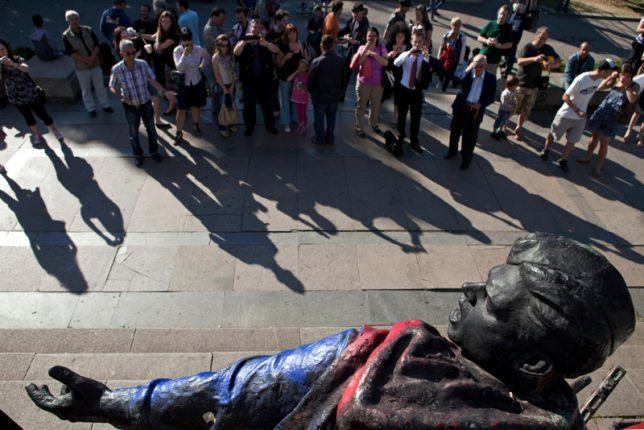






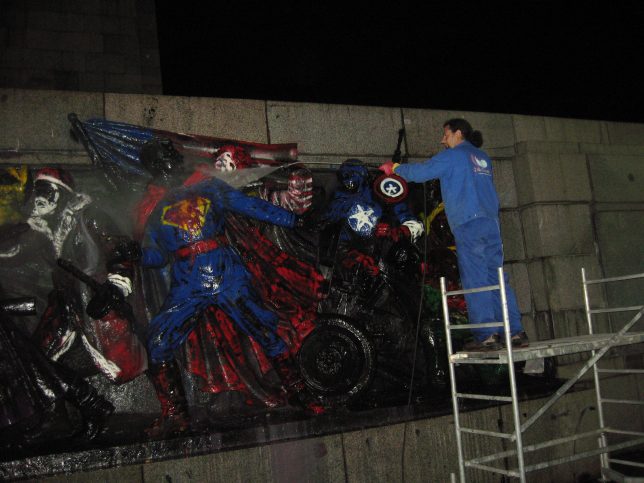
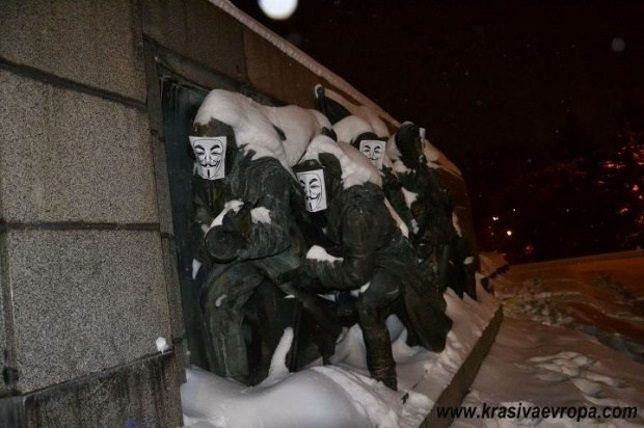




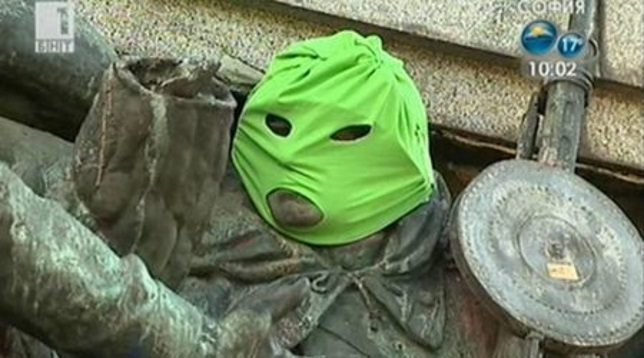










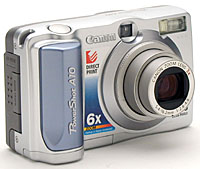 This morning I opened up the cupboard in my study where I keep my camera gear and my eye was drawn to the very first digital camera that I owned – a little Canon Powershot A10 camera (pictured right) with what I thought at the time was an amazingly big 1.3 megapixel sensor. Before that I’d used a friends Sony Movica camera that had a 1.4 inch floppy disk to record the images).
This morning I opened up the cupboard in my study where I keep my camera gear and my eye was drawn to the very first digital camera that I owned – a little Canon Powershot A10 camera (pictured right) with what I thought at the time was an amazingly big 1.3 megapixel sensor. Before that I’d used a friends Sony Movica camera that had a 1.4 inch floppy disk to record the images).
You must be logged in to post a comment.